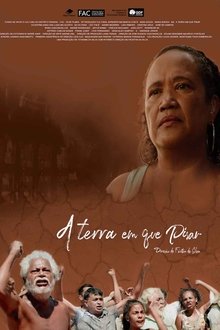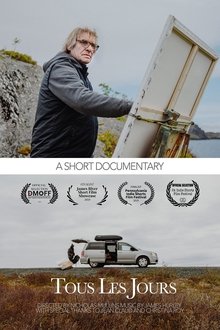In the town of Xoco, the spirit of an old villager awakens in search of its lost home. Along its journey, the ghost discovers that the town still celebrates its most important festivities, but also learns that the construction of a new commercial complex called Mítikah will threaten the existence of both the traditions and the town itself.
Related Movies
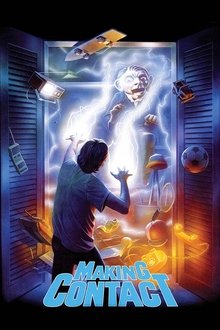
Making Contact (1985)
A nine year old boy named Joey, who after the tragic death of his father, begins to experience psychic powers such as allowing him to move inanimate objects with his mind, set things on fire, and even communicate with his dead father. However, not everything is good for Joey as his newly gained powers accidentally awake an evil supernatural force that is contained inside the body of an old ventriloquist's dummy that Joey found in an abandoned house. The supernatural Dummy shows similar powers to Joey's, and soon he puts the lives of everyone near Joey in danger as the evil Dummy has dark plans for Joey's special powers.
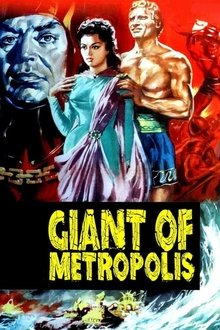
The Giant of Metropolis (1961)
Obro the muscleman goes to Atlantis and sinks a death-ray king who knows the secret of immortality.
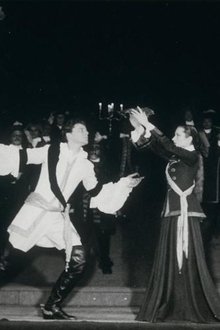
Le Théâtre National Populaire (1956)
The T.N.P., the Théâtre National Populaire, an important experimental theater directed by Jean Vilar. Franju combines sequences from theatrical performances with documentary images, creating links and confrontations between theater and the real world.
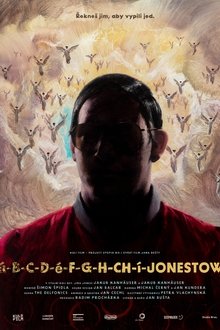
á-B-C-D-é-F-G-H-CH-í-JONESTOWN (2023)
A children's film about the largest mass suicide of the 20th century reconstructs the 1978 event. The Reverend Jim Jones forced nearly a thousand followers of his People's Temple sect to drink poison in the settlement of Jonestown, Guyana, South America. A third of them were children. Jan Bušta gives sadists, voyeurs, and necrophiliacs one minute to leave the cinema. His self-reflective documentary, which is the result of ten years of time-lapse filming, does not depict dramatic scenes. To the sound of an audio recording from that fateful day, we see a collage of child ghosts preaching about escaping the corruption of the world.
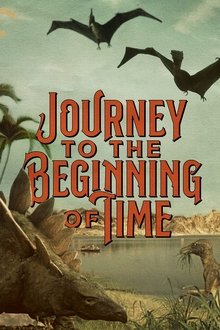
Journey to the Beginning of Time (1955)
Four schoolboys go on an awe-inspiring expedition back through time, where they behold landscapes and creatures that have long since vanished from the earth.
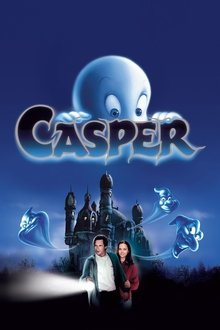
Casper (1995)
Casper is a kind young ghost who peacefully haunts a mansion in Maine. When specialist James Harvey arrives to communicate with Casper and his fellow spirits, he brings along his teenage daughter, Kat. Casper quickly falls in love with Kat, but their budding relationship is complicated not only by his transparent state, but also by his troublemaking apparition uncles and their mischievous antics.

How the Grinch Stole Christmas (2000)
The Grinch decides to rob Whoville of Christmas - but a dash of kindness from little Cindy Lou Who and her family may be enough to melt his heart...
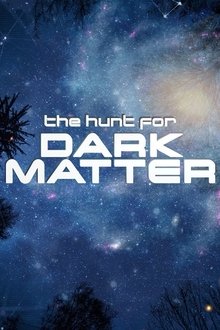
The Hunt for Dark Matter (2017)
CERN and the University of California-Santa Barbara are collaborating in the search for the elusive substance that physicists and astronomers believe holds the universe together -- dark matter. Where is this search now in the realm of particle physics and what comes next?
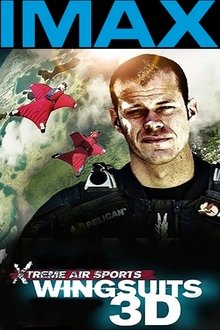
Wingsuit Warrior (2013)
Base jumper Jeb Corliss sustained grave injuries on a crash in South Africa. Through rehab, Jeb relearns the sport to tackle mountains in Europe.

Afro Mood Burlesque (1947)
A burlesque short starring Amalia Aguilar. Part of "Joe Bonica presents the Movie of the Month" nudie film series.
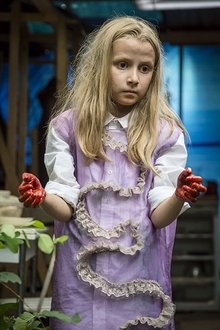
All Small Bodies (2017)
'All Small Bodies' is a feminist, sci-fi take on the Grimm tale of Hansel and Gretel. It occurs in the distant future among the ruins of a planetary catastrophe, revealing the abuses of history and technology. In the wake of the chaotic aftermath, there are several resilient survivors including two young girls named Z and Bub. The film follows these curious adolescents who have long been lost and alone in the haunted, other-worldly woods, as they awaken their extrasensory abilities and reclaim their autonomy from a menacing dark presence.
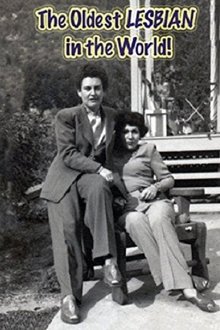
The Oldest LESBIAN in the World! (2011)
Nearing 100 years old, a national treasure, Bobby Staff whimsically exposes a rare and revealing insight into the romantic life of a butch lesbian born in 1913. Accompanied by her long time friend, Sweet Baby J'ai, Bobbie takes us on a trip down a very steamy memory lane, through photographs and vivid memories of many decades living her life as an out lesbian in New York City and Los Angeles.
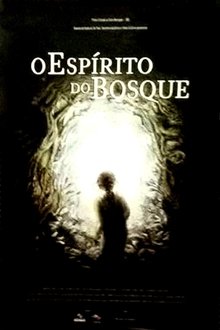
The spirit of the woods (2017)
Trying to prove her courage, little Joana accepts the challenge of entering the woods, supposedly haunted by an ancient spirit.
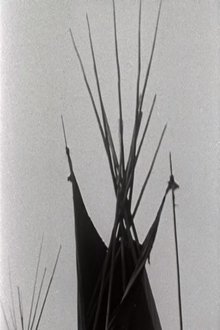
A Pinto for the Prince (1979)
In 1977, Prince Charles was inducted as honorary chief of the Blood Indians on their reserve in southwestern Alberta. The ceremony, conducted in the great Circle of the Sun Dance, commemorated the centennial anniversary of the original signing of Treaty 7 by Queen Victoria.
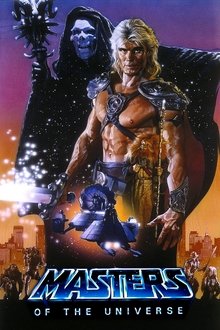
Masters of the Universe (1987)
When the evil Skeletor finds a mysterious power called the Cosmic Key, he becomes nearly invincible, seizing Castle Grayskull and the surrounding city. The Sorceress is now Skeletor's prisoner and he begins to drain her life-force as he waits for the moon of Eternia to align with the Great Eye of the Universe which will bestow god-like power upon him. However, courageous warrior He-Man locates the locksmith inventor Gwildor, who created the Key and has another version of it. During a battle, one of the Keys is transported to Earth, where it is found by teenagers Julie and Kevin. Now, both He-Man and Skeletor's forces arrive on Earth searching for the potent weapon.
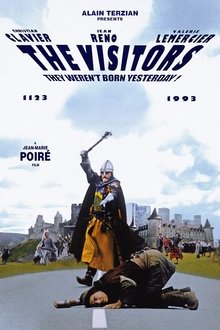
The Visitors (1993)
After a wizard's spell goes awry, 12th-century Gallic knight Godefroy de Papincourt, Count of Montmirail finds himself transported to 1993, along with his dimwitted servant, Jacquouille la Fripouille. Startled and perplexed by modern technology, the duo run amok, destroying cars and causing chaos until they meet Beatrice de Montmirail, an aristocratic descendant of the nobleman, who may be able to help them get back to 1123.
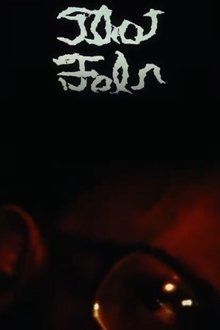
Thot-Fal'N (1978)
This film describes a psychological state "kin to moonstruck, its images emblems (not quite symbols) of suspension-of-self within consciousness and then that feeling of falling away from conscious thought. The film can only be said to describe or be emblematic of this state because I cannot imagine symbolizing or otherwise representing an equivalent of thoughtlessness itself. Thus the actors in the film, Jane Brakhage, Tom and Gloria Bartek, Williams Burroughs, Allen Ginsberg, Peter Olovsky and Phillip Whalen are figments of this 'Thought-Fallen Process', as are their images in the film to find themselves being photographed."

